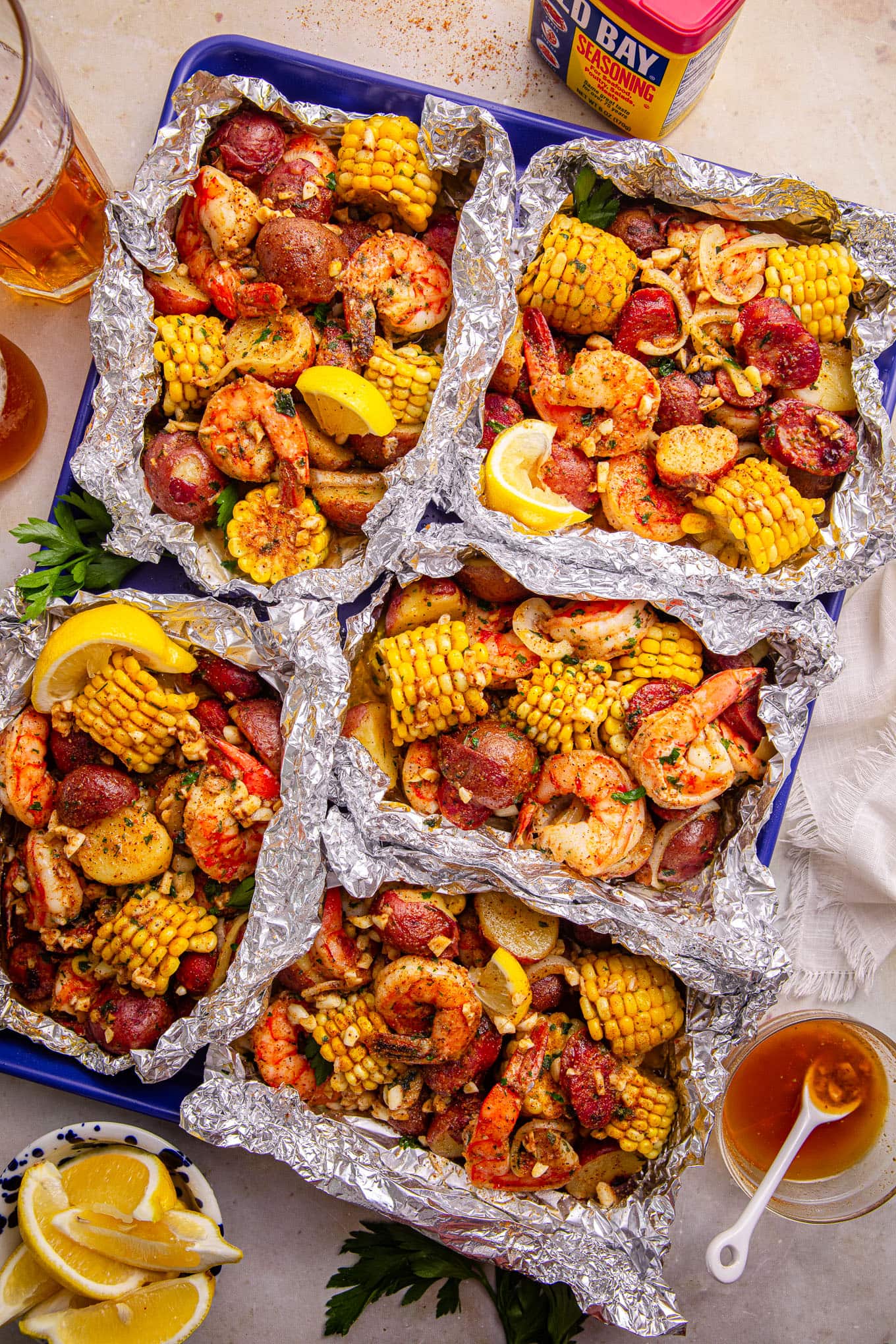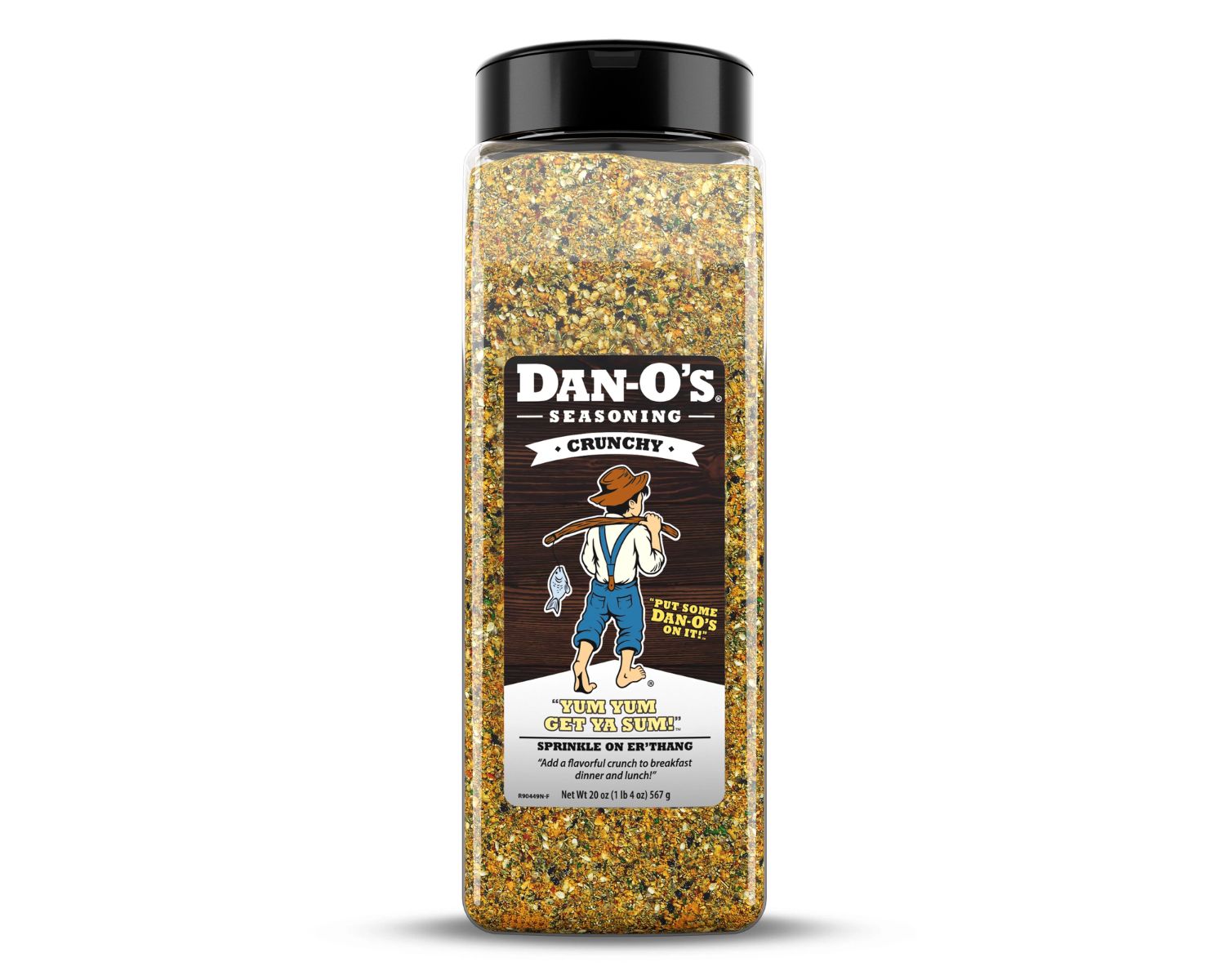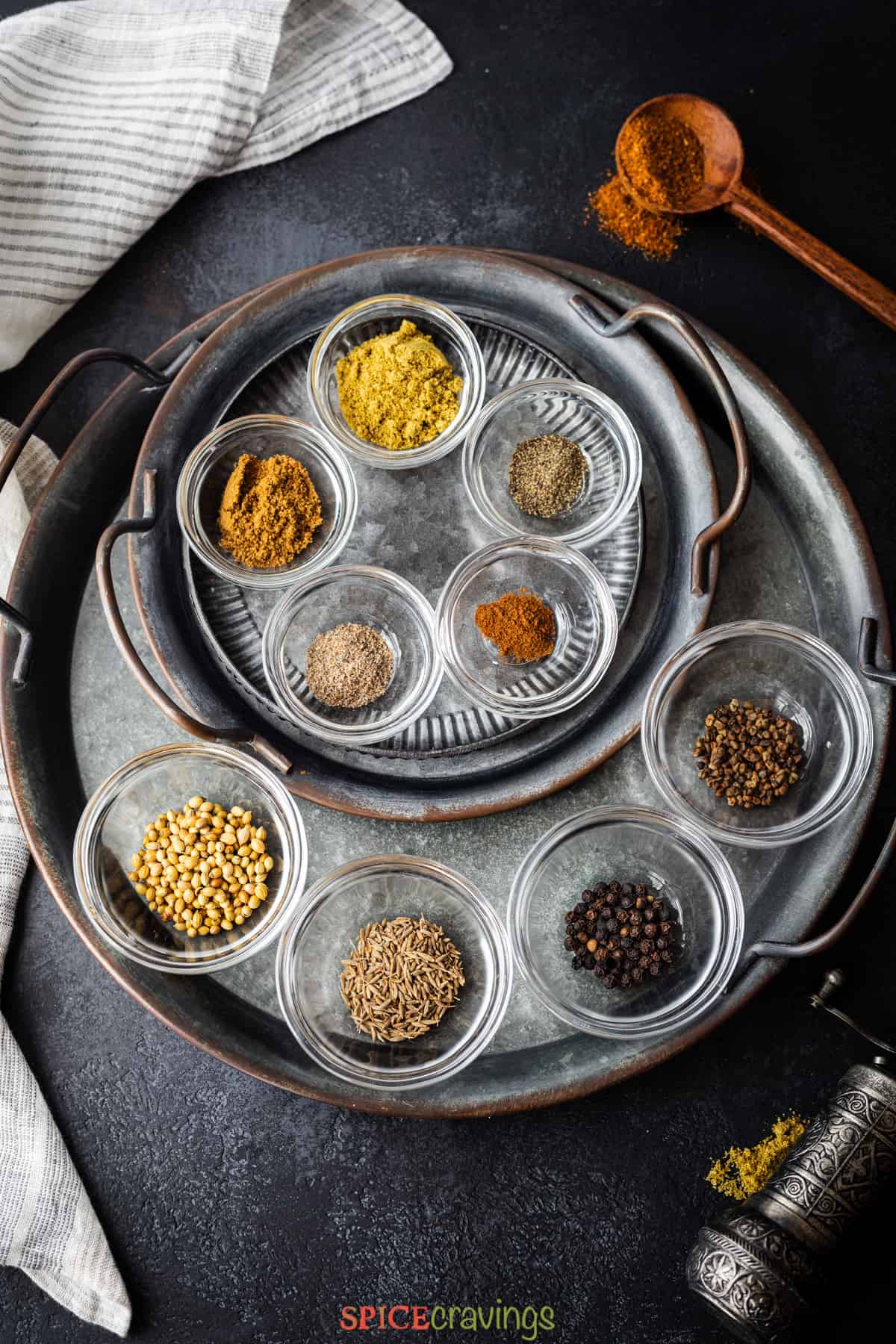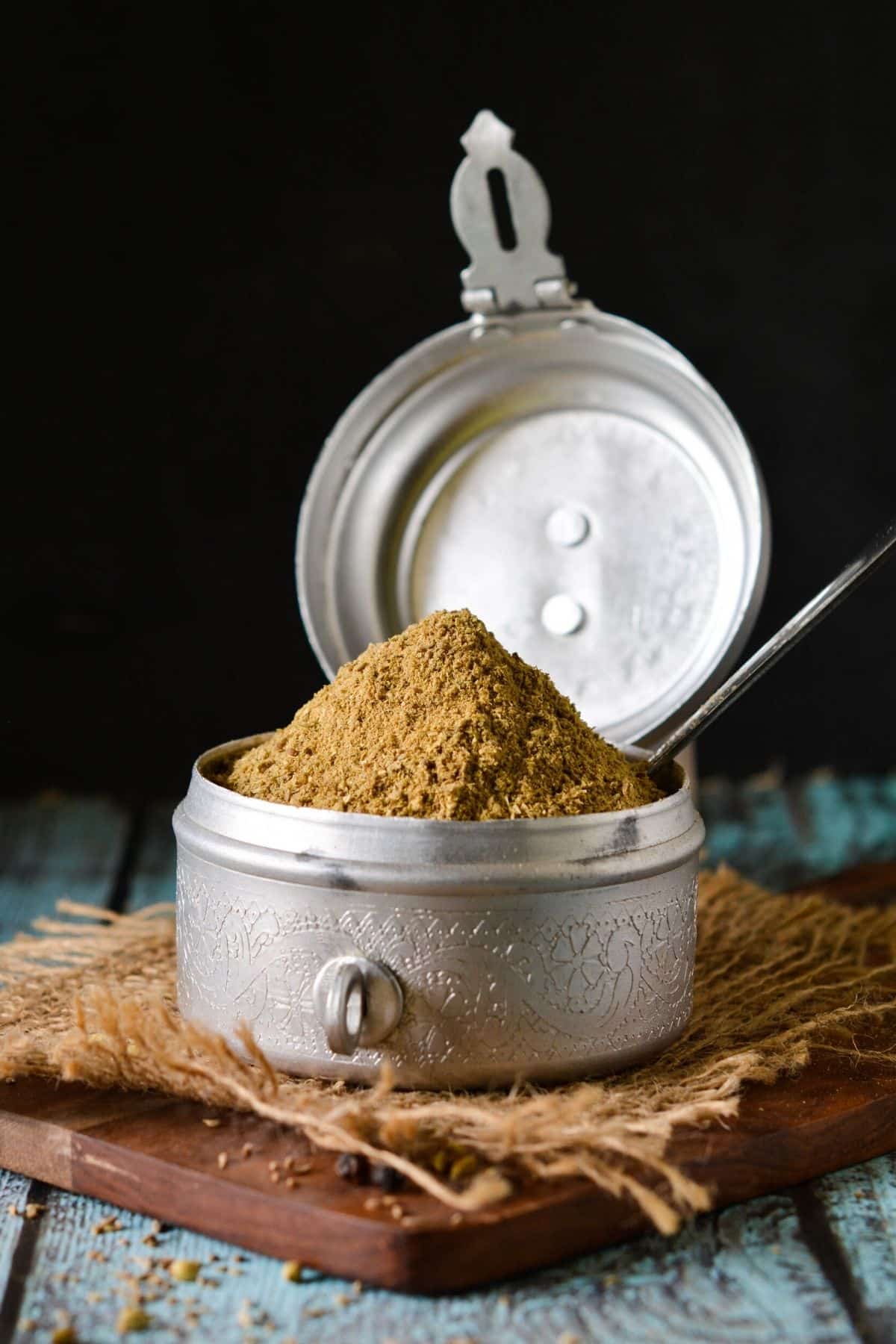– Garam masala is a key ingredient in Indian cooking that adds aroma and flavor
– There are no true substitutes for garam masala, but there are alternatives
– Garam masala translates to “warm spice blend” and does not contain chili
– It is used in the Indian subcontinent, including India, Bangladesh, Pakistan, and Nepal
– Northern Indian recipes may have 6-8 components, while store-bought versions may have up to 15 spices
– It is reddish-brown in color and is believed to warm the body and aid in digestion and immune system strength
– Garam masala is generally recommended in North Indian cooking, but the amount can vary
– It can be added during cooking or as a garnish at the end for flavor enhancement
– Cumin can be used as a replacement for garam masala in some recipes
Substitutes for garam masala include:
1. Curry powder: Can be used as a substitute, but will result in a different aroma and color due to the inclusion of turmeric.
2. Allspice: Can be used in small quantities as a substitute with a similar warm and aromatic flavor.
3. Cumin, coriander, and cardamom: This combination can mimic the flavors of garam masala and is suitable for Indian cuisine.
4. Five spice powder: Contains cinnamon, cloves, fennel seeds, star anise, and Szechuan peppercorns, providing a unique flavor profile.
5. Ground cloves and cinnamon: Can add warmth and depth to dishes as a garam masala substitute.
6. Chole masala or pav bhaji masala: These spice blends are not close to garam masala but contain similar spices and can be used as substitutes in various dishes.
7. Ras El Hanout (Moroccan spice mix): Contains spices like coriander, cumin, black pepper, ginger, cinnamon, cardamom, etc., and can be used as a substitute in small amounts.
8. Chaat masala: Contains dried mango powder, black salt, pomegranate seeds, ginger, and sometimes mint. Can be used as a substitute but should be used in moderation.
9. Pumpkin spice: Can be used as a last resort substitute, but may add a sweeter tone to the dish. Mixing with coriander, cumin, and black pepper can help balance the flavors.
Continue Reading




